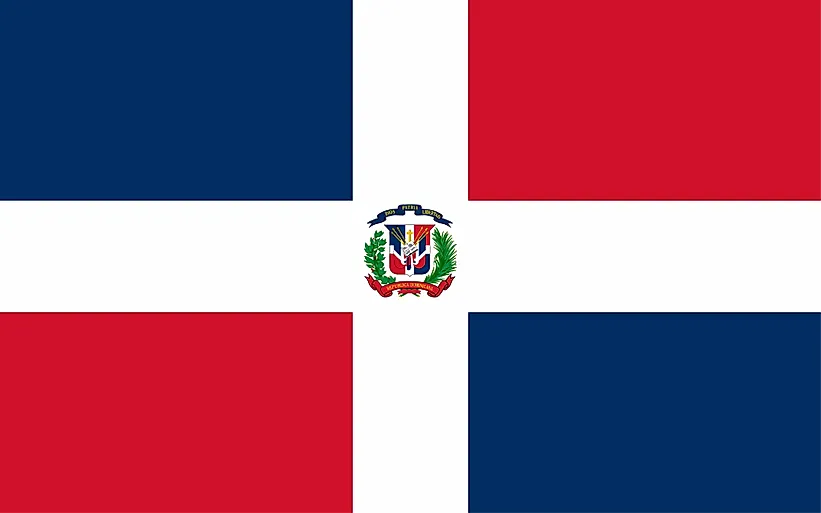
Dominican Republic
| Continent | Americas |
| Capital | Santo Domingo |
| Population | 10,606,865 |
| GDP | $162.00 Billion |
| GDP per Capita | $15,900 |
| Dialing Code | +1-809 and |
| ISO Code (2-letter) | DO |
| ISO Code (3-letter) | DOM |
Dominican Republic Landscapes






About Dominican Republic
Welcome to the Dominican Republic, a nation where Caribbean charm meets Spanish colonial heritage on the island of Hispaniola. With approximately 10.8 million people occupying 48,671 square kilometers, the Dominican Republic combines pristine beaches with mountain ranges, creating a country known for its tourism, cultural diversity, and vibrant lifestyle.
Geographic Features and Natural Beauty
The Dominican Republic’s geography encompasses remarkable diversity, from the Caribbean’s highest peak, Pico Duarte (3,098 meters), to white-sand beaches and tropical rainforests. The country features four major mountain ranges, including the Cordillera Central, extensive coastal plains, and numerous rivers.
Los Haitises National Park showcases unique karst topography and mangrove forests, while the Bahía de las Águilas offers one of the Caribbean’s most pristine beaches. The country’s varied landscape includes desert regions, lagoons, and the Caribbean’s largest lake, Lake Enriquillo, which lies below sea level.
The tropical climate supports diverse ecosystems, from cloud forests to dry forests, creating habitats for numerous endemic species. The coastline stretches over 1,600 kilometers, featuring coral reefs, mangrove systems, and major tourist destinations.
Cultural Heritage and Traditions
Dominican culture reflects a blend of Spanish, African, and Taíno influences, creating a unique identity expressed through music, dance, and art. Merengue and bachata, both originating here, have become globally recognized dance forms and cultural symbols.
Traditional arts include carnival celebrations, particularly in La Vega, and distinctive crafts like amber and larimar jewelry. Dominican cuisine features dishes like sancocho (a hearty stew), mangú, and various tropical fruits, while the country’s coffee and cacao are internationally renowned.
Baseball holds a special place in Dominican culture, with the country producing many Major League players. Religious traditions, particularly Catholic festivals, play important roles in cultural life.
Historical Journey
The Dominican Republic’s history begins with Taíno settlements, followed by becoming the site of the Americas’ first European settlement after Columbus’s arrival. The country achieved independence from Haiti in 1844, though its path to modern democracy included various challenges.
The capital, Santo Domingo, established in 1496, contains the Americas’ first cathedral, university, and paved street, earning its Colonial Zone UNESCO World Heritage status. Recent decades have seen significant economic development, particularly in tourism and free trade zones.
Modern Economic Landscape
Today’s Dominican Republic has one of the Caribbean’s largest economies, driven by tourism, free trade zones, remittances, and agriculture. The country has developed significant expertise in tourism services and light manufacturing.
The economy has diversified into sectors including telecommunications, services, and renewable energy. The country’s strategic location and modern infrastructure support its role as a regional business hub.
International Relations and Global Position
The Dominican Republic maintains active participation in regional organizations and has developed strong international trade relationships. The country plays an important role in Caribbean affairs and has become a major voice in regional tourism development.
Did You Know?
• The Dominican Republic was the first place in the Americas where Christopher Columbus established a settlement?
• The country produces unique blue stones called larimar, found nowhere else in the world?
• Baseball is so popular that the Dominican Republic has produced more Major League Baseball players than any other country outside the United States?
• The Colonial Zone of Santo Domingo is the oldest continuously inhabited European settlement in the Americas?
Conclusion
The Dominican Republic represents a dynamic blend of historical heritage and modern development in the Caribbean. From its colonial architecture to its modern resorts, from its mountain ranges to its tropical beaches, the country continues to evolve while maintaining its cultural vibrancy. As it addresses challenges including sustainable tourism and economic diversification, the Dominican Republic remains committed to its development while preserving its natural beauty and cultural traditions.